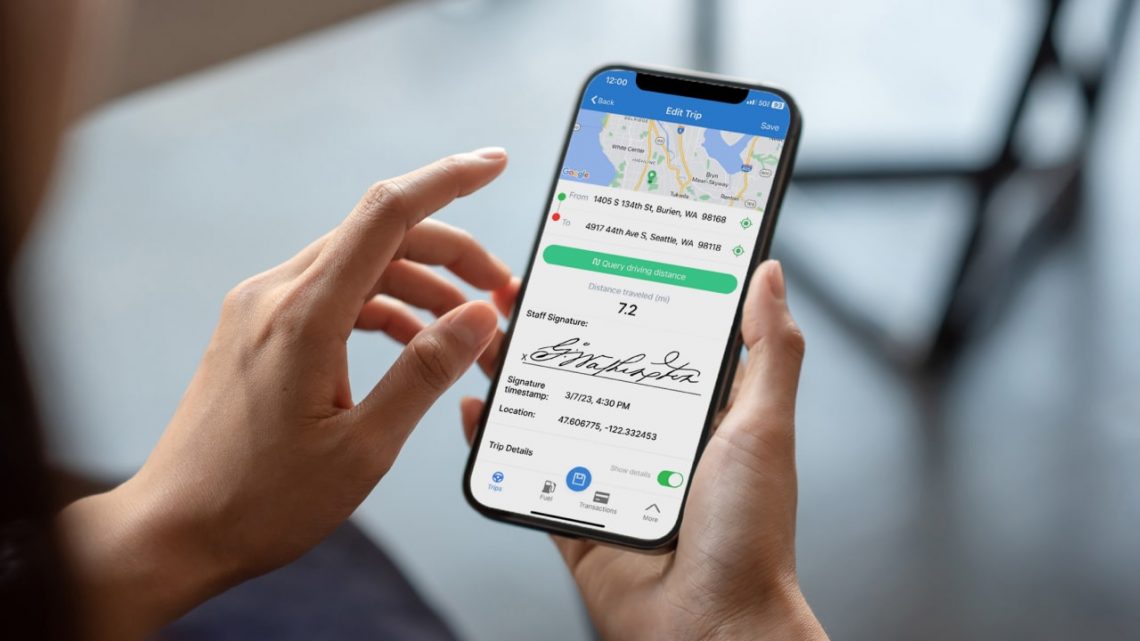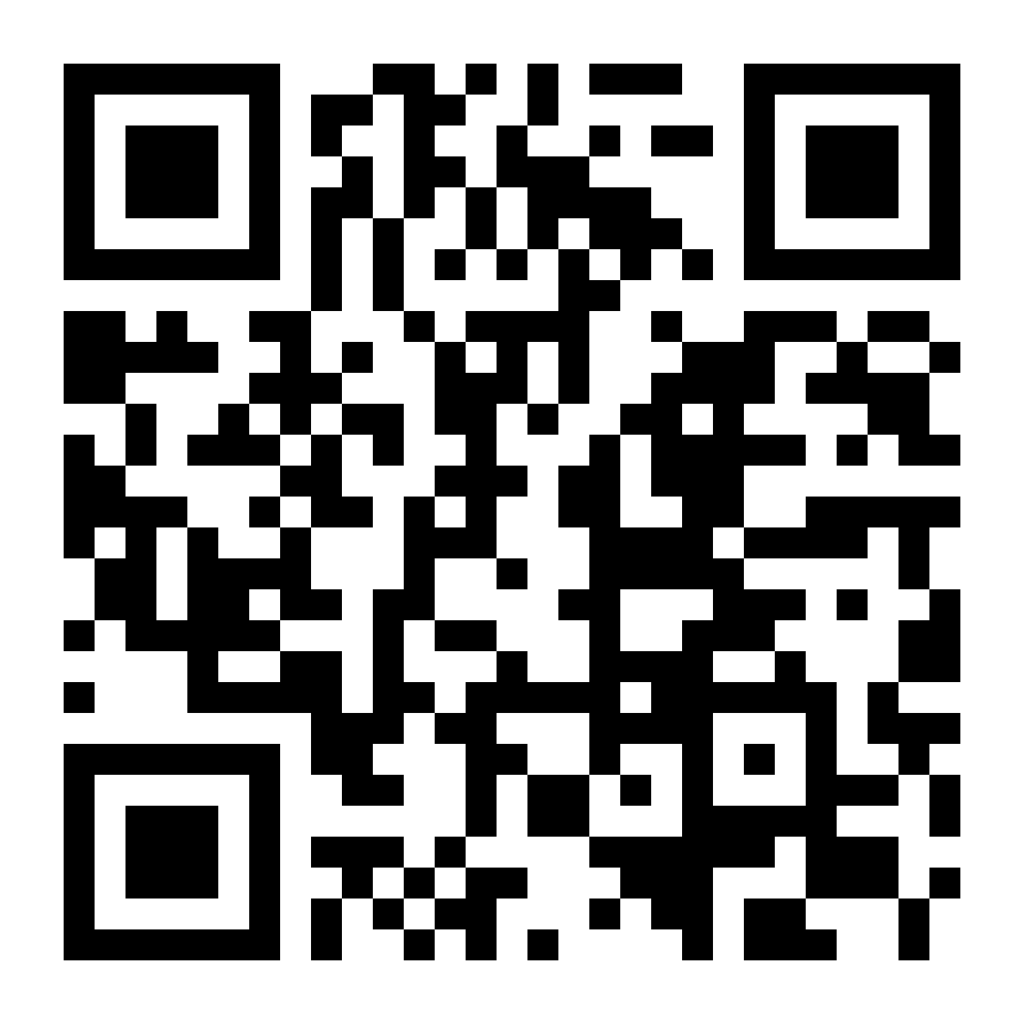The 21st Century Cures Act included a federal mandate requiring healthcare providers to use electronic visit verification, or EVV. Individual states continue to roll out their solutions as only a small number managed to meet the January 1, 2020 deadline.
As of January 1, 2023, all agencies must have implemented EVV, including home healthcare companies. Home healthcare may not be covered by Medicaid if the agency has not implemented an EVV solution.
Each state is able to choose how it wants to collect and disclose EVV data. They may also choose how detailed they want their state-level compliance regulations to be.
Related: Mileage Reimbursement For Healthcare Companies
EVV Methods Explained
States have a few methods of EVV to choose from:
- Open vendor: States are able to select an EVV vendor and a data aggregator. Organizations and providers are able to use these state-sponsored vendors free of charge, though they can also work with a different EVV vendor at their own expense. Generally speaking, if your org utilizes an alternative vendor, it will need to integrate with the state’s choice of data aggregator.
- State-mandated external vendor: Providers are required to use a specific state-sponsored and funded vendor.
- State-mandated in-house system: States may contract and build their own EVV systems that providers must use.
- Provider choice: Providers must choose their own vendors and cover the costs themselves. Since this puts all of the cost on the organizations, some states may raise reimbursement rates to help offset these costs.
- Managed care organization (MCO) choice: MCOs will select the vendor and cover the costs. They may or may not receive state support to assist with the costs.
The majority of states are selecting state-sponsored vendors. EVV systems operated by the state or a state-sponsored vendor may qualify for additional federal financial assistance.
There are a few methods for EVV verification, including:
- Dedicated EVV devices in their client’s homes
- GPS-enabled mobile apps that the caregivers use
- Toll-free numbers that providers call from the client’s home phone
Why is EVV required now – and what could it mean for the future?
The reason the federal government has chosen to mandate EVV is to reduce fraud and save providers (as well as their patients) money. EVV systems track the type of service performed, which individual is receiving care, and the provider, as well as the date, location, and time of the service.
Many states are choosing different ways to deploy EVV, usually regarding fears and skepticism of the new regulation, worries over privacy violations, and concerns over the privacy and security of their providers.
Related: Home Health Care Mileage Reimbursement – Why Companies Should Care
Some may view EVV as government overreach. Others feel as though the intricate tracking of providers may result in unsafe working conditions. Regardless, the requirements to implement EVV are here, and it is up to you to get your organization compliant based on your individual state’s regulations.

EVV Requirements By State
Alabama EVV Requirements
EVV model: Open vendor
As of February 14, 2022, Alabama uses an open-model modular EVV system with HHAeXchange. This is designed to be a free EVV system for providers of personal and home healthcare services. Agencies may still use a third-party EVV solution, but they will need to import data to the HHAeXchange using Electronic Data Interchange.
Alaska EVV Requirements
EVV model: Open vendor
Alaska’s state-sponsored EVV vendor and data aggregator is Therap. If an agency wants to use a different EVV vendor, it must be approved by Therap to ensure that it can integrate with Therap’s data aggregation solution. Licensed providers are able to use Therap’s EVV solutions at no cost to them.
Arizona EVV Requirements
EVV model: Open vendor
Arizona uses Sandata as its state-sponsored EVV vendor and data aggregator. Agencies may use other vendors for EVV at their own expense, but they will need to submit their data to Sandata.
Arkansas EVV Requirements
EVV model: Open vendor
Arkansas chose AuthentiCare as its EVV model, but providers may use third-party systems as long as they use AuthentiCare as the data aggregator.
California EVV Requirements
EVV model: Open vendor
California uses CalEVV as its state-provided EVV model. Providers may use a different EVV system if they choose, as long as its data is able to integrate with CalEVV.
Colorado EVV Requirements
EVV model: Open vendor
EVV has been mandatory in Colorado since August 2020. Agencies may use Colorado’s provided EVV solution, Sandata, at no cost to them, though they may utilize a different system at their own expense. Providers who do this must ensure that their system follows Colorado’s specific EVV regulations.
Connecticut EVV Requirements
EVV model: State-mandated external vendor
Connecticut requires agencies to use Sandata as their vendor.
Delaware EVV Requirements
EVV model: Open vendor
On February 1, 2022, it was announced that Delaware chose Sandata as its official EVV vendor. Providers may use Sandata free of charge, or they can use their own EVV system as long as it feeds data into Sandata.
Florida EVV Requirements
EVV model: Open vendor
Florida uses Tellus as its EVV vendor, a subsidiary of Netsmart. However, as Florida uses an open vendor system, agencies may choose to use a different vendor.
Georgia EVV Requirements
EVV model: Open vendor
Georgia is still in the process of implementing its EVV system for home healthcare services, having missed the January 1, 2023 deadline. Georgia uses Netsmart as its EVV solution.
Hawaii EVV Requirements
EVV model: Open vendor
Providers in Hawaii may use its state-sponsored vendor Sandata free of charge, or they can choose an alternative EVV vendor as long as it integrates with Sandata’s data aggregator.
Idaho EVV Requirements
EVV model: Provider choice
Idaho follows the provider choice EVV model, though it uses Sandata as its data aggregator. Providers must choose a provider at their own expense that has a verified integration with Sandata.
Illinois EVV Requirements
EVV model: State-mandated external vendor
Illinois uses Santrax as its EVV solution. As this is its state-mandated vendor, agencies do not have a choice to use another EVV solution or data aggregator.
Indiana EVV Requirements
EVV model: Open vendor
Indiana has chosen Sandata as its method of implementing federal EVV requirements. As with most other open vendor models, providers may use alternative EVV solutions if they integrate with Sandata’s data aggregator.
Iowa EVV Requirements
EVV model: Open vendor
Iowa uses CareBridge as its EVV method. Providers may use CareBridge free of charge, though they have the option to choose an alternative method as long as it integrates with CareBridge’s data aggregator.
Kansas EVV Requirements
EVV model: State-mandated external vendor
Kansas uses AuthentiCare as its EVV provider. As Kansas uses the state-mandated model, agencies cannot use any other EVV systems.
Kentucky EVV Requirements
EVV model: Open vendor
Kentucky uses Netsmart as its free state-sponsored EVV provider and data aggregator, though healthcare organizations may use another vendor at their discretion, as long as it is state-approved.
Louisiana EVV Requirements
EVV model: Open vendor
Louisiana uses an EVV provider called the “Louisiana State Reporting System” (LaSRS). However, like most other open vendor models, providers may use other EVV vendors as long as their data integrates with LaSRS.
Maine EVV Requirements
EVV model: Open vendor
Maine uses Sandata as its EVV provider. Providers can use it free of charge or use their own system at their own expense. EVV records will still need to be submitted to Sandata’s data aggregator.
Maryland EVV Requirements
EVV Model: State-mandated in-house system
Maryland has used its state-mandated EVV system for a number of years now. Known as the “In-Home Supports Assurance System” (ISAS), providers are required to use this system in the state of Maryland.
Massachusetts EVV Requirements
EVV model: Open vendor
Massachusetts offers Optum as its EVV vendor. Providers may use it free of charge, though they may use another provider if it is able to integrate with Optum’s data aggregator.
Michigan EVV Requirements
EVV model: Open vendor
Michigan intends to offer a state-sponsored EVV provider, but as of March 2023, they still have not finalized the details. For now, healthcare providers are able to choose their own EVV solution.
Minnesota EVV Requirements
EVV model: Open vendor
Minnesota uses HHAeXchange as its EVV vendor. Providers may use other vendors as long as they connect with HHAeXchange’s data aggregator.
Mississippi EVV Requirements
EVV model: Open vendor
As of February 21st, 2023, Mississippi has moved from a closed model to an open vendor model, offering HHAeXchange as its EVV provider and data aggregator.
Missouri EVV Requirements
EVV model: Open vendor
Mississippi uses Sandata as its EVV vendor and data aggregator. Healthcare providers may use Sandata free of charge, or use their own solution at their own expense, as long as it integrates with Sandata’s data aggregator.
Montana EVV Requirements
EVV model: Open vendor
Montana has chosen Netsmart as its free EVV vendor, though through the open vendor model, providers may choose a different vendor if they so choose. The vendor will need to integrate with Netsmart’s data aggregator, however.
This system is not yet in place at the time of this writing, with Montana’s DPHHS expecting the system to be implemented in September 2023.
Nebraska EVV Requirements
EVV model: Open vendor
Nebraska uses Netsmart as its free EVV provider. You may use a third-party solution as long as it integrates with Netsmart’s data aggregator.
Nevada EVV Requirements
EVV model: State-mandated external vendor
Nevada requires healthcare providers to use AuthentiCare as their EVV provider.
New Hampshire EVV Requirements
EVV model: Open vendor
As of March 2023, New Hampshire is currently in the process of setting up its free EVV solution. They have contracted First Data Government Solutions LP as their EVV provider, though healthcare orgs can pick their own EVV solution, as long as it syncs with First Data’s data aggregator.
New Jersey EVV Requirements
EVV model: Open vendor
New Jersey uses HHAeXchange as its EVV vendor. With that said, providers may choose their own EVV solution as long as it syncs with HHAeXchange’s data aggregator.
New Mexico EVV Requirements
EVV model: State-mandated external vendor
New Mexico requires healthcare orgs to use AuthentiCare as its EVV provider.
New York EVV Requirements
EVV model: Provider choice
With the provider choice model in place, the state of New York does not offer a free EVV solution. Providers will need to investigate and choose an EVV solution at their own discretion and expense. The state does provide a data aggregator, however, and providers will need to sync their EVV solution’s data to it.
North Carolina EVV Requirements
EVV model: Open vendor
North Carolina provides Sandata as its free EVV solution. Through the open vendor model, providers may choose their own solution as long as it syncs with Sandata’s data aggregator.
North Dakota EVV Requirements
EVV model: Open vendor
North Dakota uses Therap as its EVV solution, letting healthcare orgs use it free of charge. However, providers may use their own EVV system as long as their data can be submitted to the proper data aggregator.
Ohio EVV Requirements
EVV model: Open vendor
Ohio offers Sandata as its free-of-charge state-provided EVV vendor, though alternatives may be used as long as it integrates with Sandata’s data aggregator.
Oklahoma EVV Requirements
EVV model: Open vendor
Oklahoma offers AuthentiCare as its EVV provider. Oklahoma used to use a state-mandated system, but it appears as though it is moving to an open vendor system in which other EVV solutions may be used, as long as they feed into AuthentiCare’s data aggregator.
Oregon EVV Requirements
EVV model: State-mandated in-house system
Oregon built an EVV system into its Express Payment and Reporting System (eXPRS). Healthcare providers are still allowed to choose alternative solutions as long as their data uploads to eXPRS.
Pennsylvania EVV Requirements
EVV model: Open vendor
Pennsylvania is working with Sandata to provide an EVV solution free of charge to providers in the state. With that said, providers may choose alternative solutions as long as they integrate with Sandata’s data aggregator.
Rhode Island EVV Requirements
EVV model: Open vendor
Rhode Island uses Sandata as its state-provided EVV vendor and data aggregator. However, providers may use other vendors that integrate with Sandata’s data aggregator.
South Carolina EVV Requirements
EVV model: State-mandated external vendor
South Carolina requires providers to use AuthentiCare for EVV. However, it appears that the state’s EVV implementation has been postponed.
South Dakota EVV Requirements
EVV model: Open vendor
South Dakota offers Therap as its EVV provider. However, other providers are working with the state to potentially offer EVV solutions as well.
Tennessee EVV Requirements
EVV model: Open vendor
Tennessee appears to offer Sandata as its EVV provider, but other solutions are working with the state to offer EVV as well.
Texas EVV Requirements
EVV model: State-mandated external vendors
Unlike most states, Texas offers a pool of a few EVV vendors that providers can choose from.
Utah EVV Requirements
EVV model: Provider choice
Utah does not offer a free EVV provider, requiring healthcare orgs to choose a vendor at their own discretion and expense.
Vermont EVV Requirements
EVV model: Open vendor
Vermont uses Sandata as its free EVV provider and data aggregator. With that said, Vermont healthcare companies may choose other providers as long as they sync with Sandata’s data aggregator.
Virginia EVV Requirements
EVV model: Provider choice
Virginia is a “provider choice” state, meaning that providers may choose the EVV system that they feel will work best for them.
Washington state EVV Requirements
EVV model: Provider choice
Washington state uses the “provider choice” model, which requires healthcare providers to choose their own EVV systems. They will need to connect to ProviderOne, which is Washington state’s data aggregator.
Washington, D.C. EVV Requirements
EVV model: Open vendor
Washington, D.C. provides Sandata as its free EVV solution, though third-party vendors may be used that sync with Sandata’s data aggregator.
West Virginia EVV Requirements
EVV model: Open vendor
West Virginia offers HHAeXchange as its free EVV solution, though providers may use other solutions as long as they integrate with HHAeXchange’s data aggregator.
Wisconsin EVV Requirements
EVV model: Open vendor
Wisconsin uses Sandata as its free EVV solution. Agencies can use other third-party solutions as long as they integrate with Sandata’s data aggregator.
Wyoming EVV Requirements
EVV model: Open vendor
Wyoming offers CareBridge as its free EVV solution, but healthcare providers may choose other EVV solutions as long as they sync with CareBridge’s data aggregator.
We hope this guide has helped you better understand your state’s specific EVV requirements. For a solution that folds EVV, mileage, expense, and time tracking all in one, look no further than TripLog!
Schedule a complimentary live demo to see if TripLog is the right solution for your organization.









